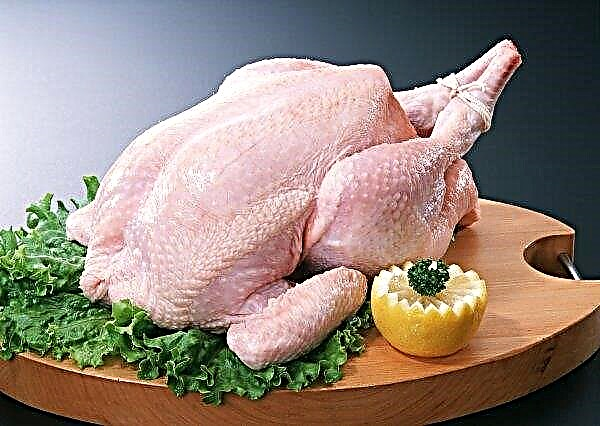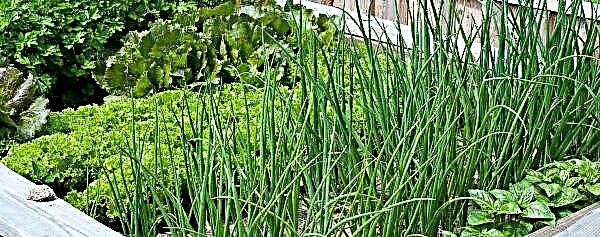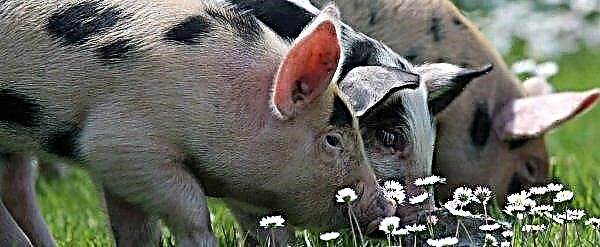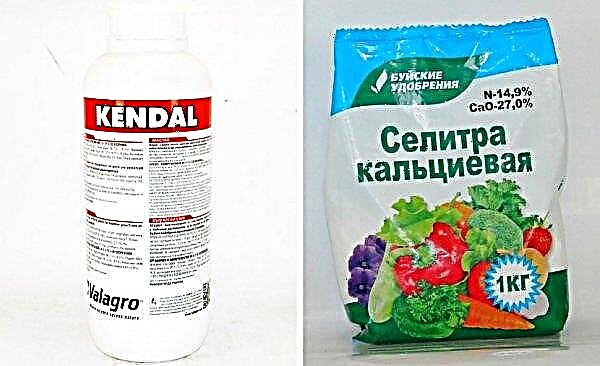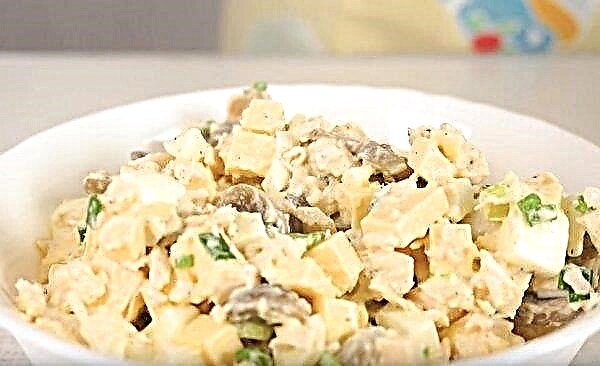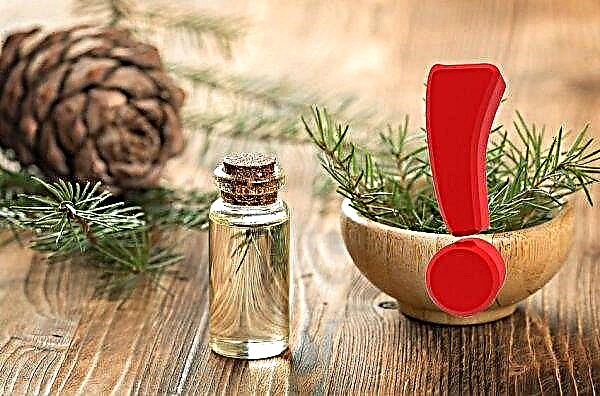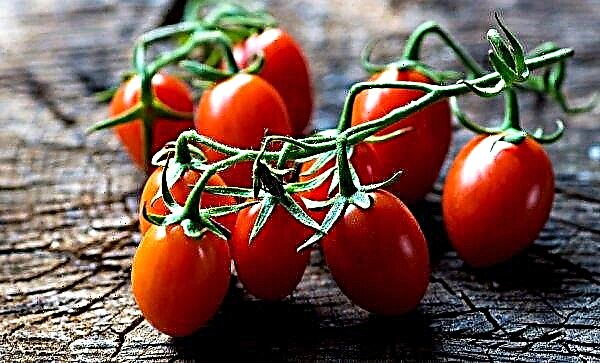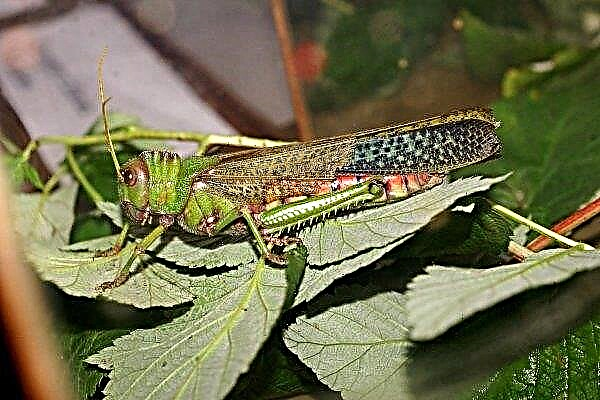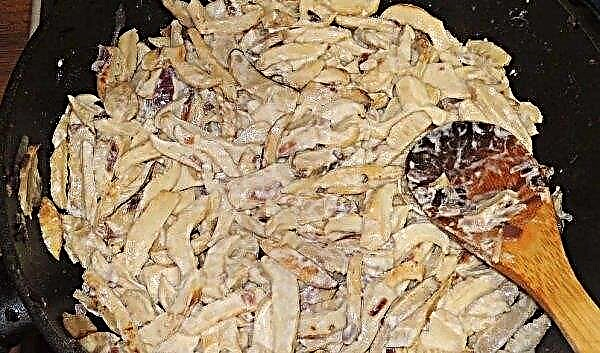Blackcurrant is a popular garden shrub, the fruits of which have high vitamin value and excellent taste. The popular varieties giving large fruits include the Litvinovskaya variety. Those who would like to learn more about this shrub and grow it in their garden will benefit from this review.
Description of blackcurrant variety Litvinovskaya
Further detailed facts will be given about where this large-fruited shrub was first bred, what characteristics, advantages and disadvantages it has, what the berries look like and during what period the fruits of the Litvinovskaya currant ripen!
Did you know? Blackcurrant is popular even in Japan! In the world ranking of blackcurrant varieties, all black sweet varieties are in the lead.
Selection history
The variety was bred in Russia in 2008 by the specialists of the All-Russian Research Institute of Lupine (breeders: A.I. Astakhov, N.V. Markelova, L.I. Zueva). Litvinovskaya was the result of crossing such a species as Selechenskaya-2 and form CH-6-28-105. Now amateur breeders have begun to breed hybrid varieties in their plots, but Litvinovskaya continues to lead in the number of positive reviews.

Appearance, characteristics of berries, ripening time, yield
Externally, the bush is sprawling, vigorous. Belongs to early or medium maturity, depending on the region. Quite often in botanical reference books is found, such a description as "mid-early."
Important! The best way to support adult plants is with wooden stakes. They are driven along the perimeter of the plant and neatly tied branches with thread-twine.
In the northern regions it resists frosts very well and does not need shelter for the winter. The average height of the bush is 120 cm. With a large number of berries, straight shoots tend to the ground, so in some cases they are tied.

Ripening occurs between early June and mid-July. Outwardly, the berries are very beautiful, large, sweet, saturated black with a purple tint, shiny, perfectly round in shape. They contain vitamin C, B vitamins, pectins and a large amount of fructose.
Due to this, they do not have a sour taste (acidity of only 2.3%). The yield of Litvinovsky currant is moderate: up to 2.9 kg per bush, the weight of one fruit is up to 4.5 grams. The leaves on the shrub are dark green, wrinkled, without pubescence. A fruit bunch of medium fullness, separation from the peduncle is light and dry.
Advantages and disadvantages of the variety
- Advantages of Litvinovsky:
- excellent taste of berries;
- unpretentiousness in leaving (this is confirmed by numerous good reviews that the culture receives from gardeners);
- a plant with unique winter hardiness;
- resistance to rot, kidney mites;
- can adapt to any type of soil and grow where delicate varieties simply cannot survive;
- unusual flowering shrub, intense aroma.
- The disadvantages of the variety:
- there are species with higher yields;
- it is necessary to tie branches on all plants older than a year.
 Obviously, the advantages of Litvinovsky currant are definitely more than disadvantages. That is why both beginners in the summer cottage business and experienced summer residents love her so much.
Obviously, the advantages of Litvinovsky currant are definitely more than disadvantages. That is why both beginners in the summer cottage business and experienced summer residents love her so much.
Agricultural technology
No matter how unpretentious the plant is, the rules of agricultural technology cannot be canceled. It is always useful to learn more about how to choose the ideal place for planting shrubs, how to care for it and what methods to deal with pests and diseases on the currant. It is also extremely important to determine the number of bushes that will be planted in the selected area.
Each plant should have enough light and nutrients, so if the soil does not meet the requirements, it is recommended either to choose a different culture for growing, or to enrich the soil with nutrients, to make it more neutral.
Seat selection and landing
For planting, it is necessary to choose a flat area, well lit by the sun, without close occurrence of groundwater, partial shade or moderate airflow is allowed. The ideal time to plant a seedling is the beginning or end of September.. The planting pit for a young plant should have a size of 40 × 40 cm. The soil is preferably nutritious, not sandy or clay.
At the bottom of the pit, drainage is in the form of crushed stone. The soil extracted from the pit must be mixed with 300 g of wood ash, 200 g of dry fertilizer (superphosphate) and 8 kg of peat. After a day, the soil will crumble a little - then you can plant currants. The root neck is covered with soil, 5–8 cm high above the other part of the soil on the site.

All roots should be evenly covered with soil. After backfilling, it is recommended to dig a groove around the future bush (about 30 cm from the main shoot) and pour water for irrigation there. So the roots will definitely get the right amount of moisture. Plants are located at a distance of 1.5 meters from each other.
Care
After planting, it is important to irrigate regularly. Until the beginning of October, every 8 days, from 1 to 5 buckets of water are poured under each bush.

In the first year, the young bush is not fertilized in the fall, but next spring, when the currant begins to bloom, they feed directly in the form of a solution of bird droppings (1 bucket of droppings per 20 buckets of water).
Aisles are loosened qualitatively so that the roots receive a sufficient amount of air. In autumn, after harvesting, humus is added to the aisles in three stages (in the amount of 1 bucket per 1.5 m³): in October, and then at the end of November and the last time before winter, immediately after the first December thaw.
Pest and Disease Control
Litvinovskaya blackcurrant is unpretentious and rarely suffers from diseases and pests. However, if there is a diseased bush on the site, the shoots given to them are also infected. From such plants it is better not to take layering, and if possible remove them from the garden for good.
Pests of blackcurrant:
Blackcurrant Disease:
From folk remedies, against all types of parasites, treatment of the shrub with boiling water in early spring (the first week of March) helps. 2-3 buckets of boiling water are prepared for one bush and a plant is watered from a metal watering can, making sure that water gets on each leaf and "sleeping" buds.
Trimming and shaping a bush
Pruning tool: garden pruner; pruning period (optional): spring or fall. Gardeners with experience recommend stopping at spring pruning, before the start of sap flow (early March).
Trimming Technique:
- on a year-old bush, only weak shoots are cut, which did not strengthen during the fall and early spring;
- such branches are cut to the root, the rest are left;
- on a shrub, 2-3 years old, cut one third of the shoot so that at least 4 buds are preserved on the remainder of the branch;
- bushes older than 6 years rid of old (gray) and dry branches, leaving only young growth.
 Fig. 1. Currant pruning: a - annual seedling; b - a biennial bush; c, d - shortening of shoots. Fig. 2. Currant bush before anti-aging pruning (a), after it (b) and pruning of a neglected bush (c).
Fig. 1. Currant pruning: a - annual seedling; b - a biennial bush; c, d - shortening of shoots. Fig. 2. Currant bush before anti-aging pruning (a), after it (b) and pruning of a neglected bush (c).
When molding in spring, part of the young shoots are removed so that the bush is not too thick. On a healthy, strong plant, older than 3 years, at least 10 branches should remain. Ideally, leave from 10 to 15 strong, strong branches, so as not to weaken the plant and give it the opportunity to actively bear fruit for the next year.
If the currant is more than 5 years old, then the so-called anti-aging pruning will not be superfluous. So the bush will give young shoots next spring. Another way to increase productivity and extend the fruiting period of currants is to transplant to a new place. It is carried out by the method of transshipment, together with an earthen lump, in which the root system is located.
Did you know? In slightly unripe currant berries, 4 times more vitamin C than in ripe!
Wintering
Litvinovskaya tolerates both winters and frosts. The plant does not need to be wrapped up if the thermometer does not fall below –30 ° С. In very severe frosts, covering with agrofibre is allowed. It should be remembered that each branch is wrapped with agrofiber, and then the whole bush in a circle.
 This method of protection against low temperatures is universal and allows the bush to survive frosts up to + 50 ° C.
This method of protection against low temperatures is universal and allows the bush to survive frosts up to + 50 ° C.
An additional method of plant protection is autumn mulching of the soil. Material for mulching: peat or pine needles. In warm regions or territories with a temperate climate, the currants of the Litvinovskaya variety are not closed by anything.
After wintering, it is recommended that the root zone be loosened so that the shrub receives more oxygen and nutrients. Early spring is also an ideal time for feeding. Under each bush make 40 grams of urea, the soil is loosened. Fertilizer is not diluted, poured into the ground in a dry form. Thanks to such fertilizers, currants grow better and bear fruit more abundantly.
Important! Agrofibre is usually wrapped around each shoot of a plant! So, the barrier properties of the material are significantly increased.
Harvesting and transportation of the crop, shelf life of berries
It is very convenient to collect Litvinovskaya currant: the fruits easily leave the cuttings and the whole bunch is completely cleared of berries without effort.  With the right containers, for example, warehousing in wicker baskets, currants can be stored in a cool place for 2-3 months. Temperature for storing plucked fruits: up to + 10 ° С (a cellar or a cellar is suitable). In frozen form, the berry is perfectly stored until next summer, especially with dry freezing.
With the right containers, for example, warehousing in wicker baskets, currants can be stored in a cool place for 2-3 months. Temperature for storing plucked fruits: up to + 10 ° С (a cellar or a cellar is suitable). In frozen form, the berry is perfectly stored until next summer, especially with dry freezing.
Having grown the Litvinovskaya currant, the gardener will certainly delight himself and family members with a good harvest of delicious, sweet berries! The main thing in this matter is compliance with the rules of planting and caring for the bush.


